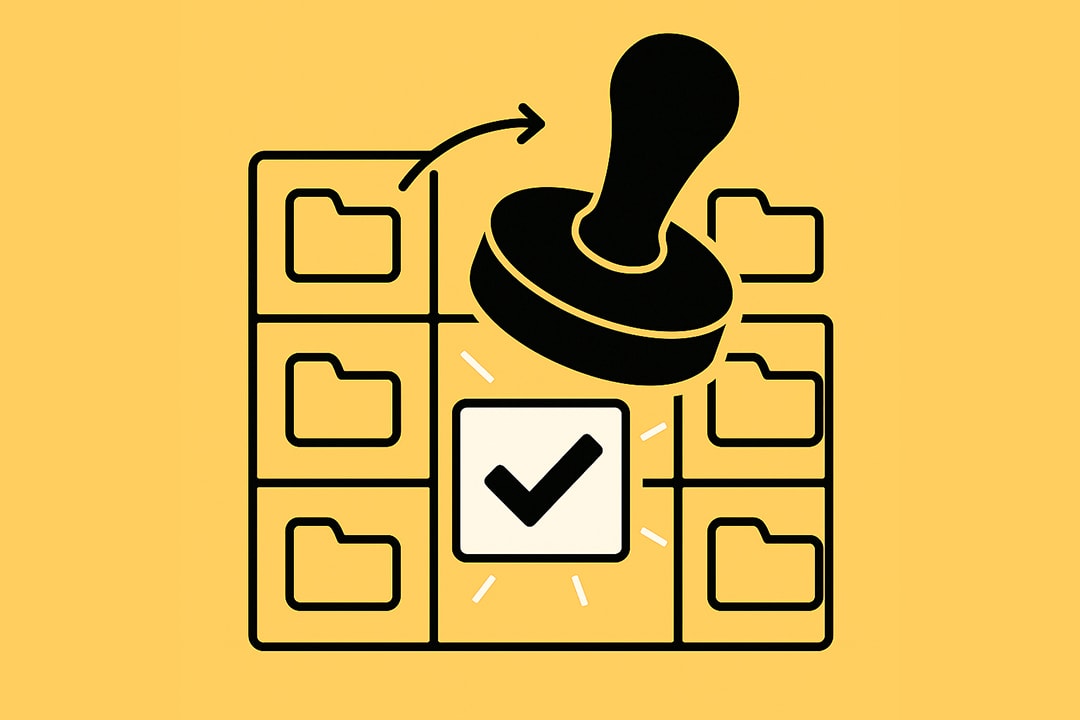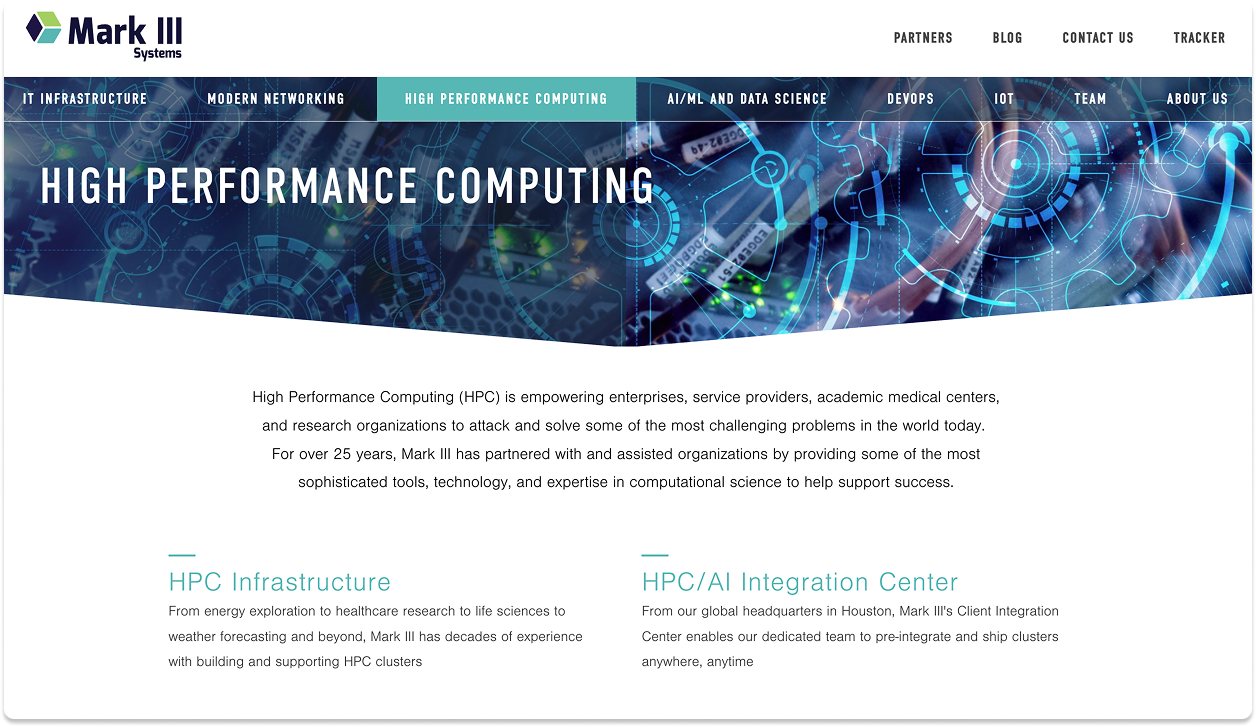Why real partnership is the only way to win in High Performance Computing
Why true partnership—not just products—is essential for High Performance Computing success. Learn how to tackle complexity, risk, and rapid change with confidence.

Why High Performance Computing (HPC) and AI Infrastructure demands more than deployment
Technology leaders are rarely caught off guard by the scale of technical complexity in modern enterprise IT, but the landscape of High Performance Computing and AI infrastructure is something else entirely.
The problem is not simply a matter of deploying another server farm or picking the right cloud solutions. It’s the compounding weight of architectural decisions, the unpredictability of cloud security requirements, the relentless pace of change, and the constant pressure to deliver value with fewer people and more risk than ever before.
Why design complexity is a multiplying risk
Anyone who has tried to stand up a scalable, production-grade AI or HPC cluster knows the choice matrix is brutal. Hardware, networking topology, storage, cloud networking, software stacks, and integration touchpoints—all of it is interdependent.
Each choice is a domino that can topple the entire asset management strategy if not made with absolute clarity. It is not just about picking the fastest processors or the latest vendor management software.
The real challenge is anticipating how these choices will interact under real-world workloads, with real-world production failures, and with the ever-evolving requirements from the business and regulatory sides.
There is no “undo” button if the initial design is wrong. Instead, downtime, performance bottlenecks, and shadow IT workarounds become the new normal. The cost is not just technical debt but business credibility, morale, and the trust that IT leaders work so hard to cultivate.
How AI and Cloud Managed Services raise the stakes
The demand for cloud-managed services and AI-driven insight is not optional anymore. The boardroom wants results, and every leader is expected to deliver on cloud backup and recovery, identity and access management, and zero trust architectures—yesterday.
The catch is, most teams are not staffed with deep GPU or AI ops expertise. They are strong on generalist skills, but there is a knowledge gap between traditional IT and the specialized requirements of edge computing, AI/ML workloads, and cloud security.
This creates a practical risk: investing in cloud vendors or GPU clusters that end up underperforming, or worse, becoming operational liabilities. With so many vendors in the market promising seamless integration and managed services, it is easy to wind up with a fragmented environment that is expensive to run and even harder to secure.
Where support gaps turn into systemic weakness
Even if the initial deployment is flawless, the real test is always ongoing support and maintenance. There is a reason why disaster recovery and backup and recovery are perennial hot topics.
It is not the big bang launches that kill projects, but the slow erosion of reliability when patching, threat detection, and vendor relationship management become afterthoughts. When vendor management solutions are more about ticket systems than real partnership, IT leaders are left isolated, firefighting issues that should have been prevented through proactive support and lifecycle planning.
Future-proofing anxiety shapes decision making
Every architectural choice must be made with the knowledge that technology is moving at breakneck speed. Cloud solutions that work today may become obsolete within a year. Vendor lock-in, lack of modularity, or rigid database managed services can become existential threats to agility.
The anxiety is not paranoia, it is a survival instinct. Enterprise asset management and IT asset management frameworks must be open, extensible, and ready for the unknown.
The bigger issue
These are not isolated pain points. They feed into each other, amplifying the pressure and risk on IT leaders. The result is a burden that cannot be solved by one-off deployments or transactional vendor relationships.
What is needed is a new model of partnership—one that stays engaged, adapts alongside you, and understands that in this field, the only constant is change.
HPC demands real partnership
HPC is the backbone for the most data-intensive and mission-critical workloads in the enterprise. Cloud security is not an afterthought when terabytes move across cloud networking infrastructure daily. Cloud managed services are not just about spinning up resources; they must be engineered for performance, resilience, and compliance.
Edge computing brings additional complexity, requiring seamless integration with centralized HPC clusters and fast, reliable backup and recovery. Every failure in this chain is amplified—whether it is a missed patch in identity and access management or a breakdown in vendor management that leaves critical systems unsupported.
The reality is that generic cloud solutions or off-the-shelf cloud vendors will not cut it. The environment demands vendor management solutions that are tailored to the unique requirements of HPC.
This means support for custom architectures, rapid scaling, secure data flows, and true disaster recovery readiness. It means deep operational engagement, not just onboarding and then walking away.
How to evaluate an HPC partner
Effective HPC partners demonstrate technical fluency as well as process maturity. They do not just understand HPC; they anticipate the problems that arise when cloud security, backup and recovery, and edge computing intersect.
They are transparent about architecture decisions, can articulate the trade-offs in their asset management, and proactively bring identity and access management best practices into every project phase.
The right partner will have concrete experience in deploying cloud-managed services, integrating with enterprise asset management processes, and delivering robust vendor management solutions.
They will show a track record of supporting organizations through upgrades, pivots, and crises—offering more than a help desk, providing hands-on expertise when it matters most.
Vendor relationship management is not a line item. It is the difference between a system that evolves and one that degrades. Look for partners who invest in understanding your stack, your people, and your risk profile.
They should offer support contracts that go beyond SLAs, including ongoing optimization, threat detection and response, and guidance on compliance and new workload integration.
What Mark III Systems brings to the table for HPC

When the bar is set at zero downtime, continuous innovation, and seamless scaling, there is no room for generic solutions. Mark III Systems stands out by focusing on what matters most for enterprise HPC and AI workloads. Here is how their approach answers the challenges IT leaders face every day:
- Designs, builds, and deploys scalable, production-grade HPC clusters. Every detail is covered, from hardware and topology to storage and software integration, removing guesswork and reducing risk.
- Pre-integrates and tests clusters at their Client Integration Center. Systems arrive ready for immediate use, validated under real-world workloads, and with configuration drift eliminated from day one.
- Partners directly with NVIDIA to deliver optimized GPU clusters built specifically for AI and ML workloads. This ensures that organizations get the performance and reliability their data science teams require.
- Orchestrates seamless integration across cloud managed services, on-premise HPC, and edge computing. This results in maximum performance, robust cloud security, and efficient data movement—no silos, no bottlenecks.
- Implements robust cluster management using tools like Slurm, Bright, and LSF. Efficient job scheduling and precise resource allocation are standard, not an afterthought.
- Provides vendor management solutions tailored for complex, multi-vendor HPC environments. The focus is on operational continuity and eliminating the chaos of fragmented support.
- Delivers ongoing lifecycle support, including on-site residency, proactive patching, performance tuning, and incident response. This commitment ensures systems run optimally far beyond initial rollout.
- Prioritizes cloud security, backup and recovery, and identity and access management. These are built into every solution, not bolted on as an afterthought.
- Architectures are open and modular to support future growth, avoid vendor lock-in, and adapt to new technologies. Flexibility is engineered from the start.
- Invests in long-term operational health and scalability. The goal is not a one-off deployment, but a resilient, evolving HPC environment that keeps up with business demands.
Challenges don’t exist in isolation
Success in HPC comes from a willingness to confront the interconnected burdens head-on: the high stakes of initial architecture, the steep learning curve of cloud solutions and GPU integration, the hidden traps of operational decay, and the anxiety of future-proofing critical infrastructure.
None of these challenges exist in isolation. If left unaddressed, they multiply, undermining business outcomes and eroding trust in IT leadership.
The organizations that thrive are those that pursue true partnership over short-term product thinking. They seek expertise that goes beyond deployment, demanding hands-on collaboration, transparent vendor management, and a commitment to ongoing support and continuous optimization.
They prioritize open architectures that evolve as the landscape shifts, integrating robust backup and recovery, identity and access management, and strong cloud networking practices from the start.
Don’t get left behind
High stakes architecture, steep learning curve of new solutions, dealing with legacy systems—you can’t handle all this alone. Explore what Mark III Systems can do for you, match when you’re ready, book meetings, build a long-lasting relationship—all from the same platform.
FAQ
What are the main challenges of implementing HPC in enterprise environments?
The primary challenges include design complexity, integration with AI and cloud solutions, ensuring robust cloud security, managing operational support, and future-proofing infrastructure to avoid vendor lock-in.
How does HPC improve cloud security and data protection?
High performance computing enables advanced threat detection, real-time incident response, and reliable backup and recovery, all of which strengthen overall cloud security and protect critical enterprise data.
Why is vendor management important for successful HPC deployment?
Effective vendor management ensures seamless coordination between multiple technology providers, reduces operational risk, streamlines incident response, and helps maintain optimal performance in complex HPC environments.
What should IT leaders look for in an HPC solutions partner?
IT leaders should seek partners who offer end-to-end design, pre-integrated cloud managed services, expertise in AI and edge computing, proactive lifecycle support, and open, modular architectures that adapt to changing business needs.
How can organizations future-proof their HPC and AI investments?
Organizations can future-proof their HPC environments by choosing scalable, flexible solutions, prioritizing identity and access management, leveraging robust vendor relationship management, and partnering with experts who provide ongoing support and continuous optimization.





